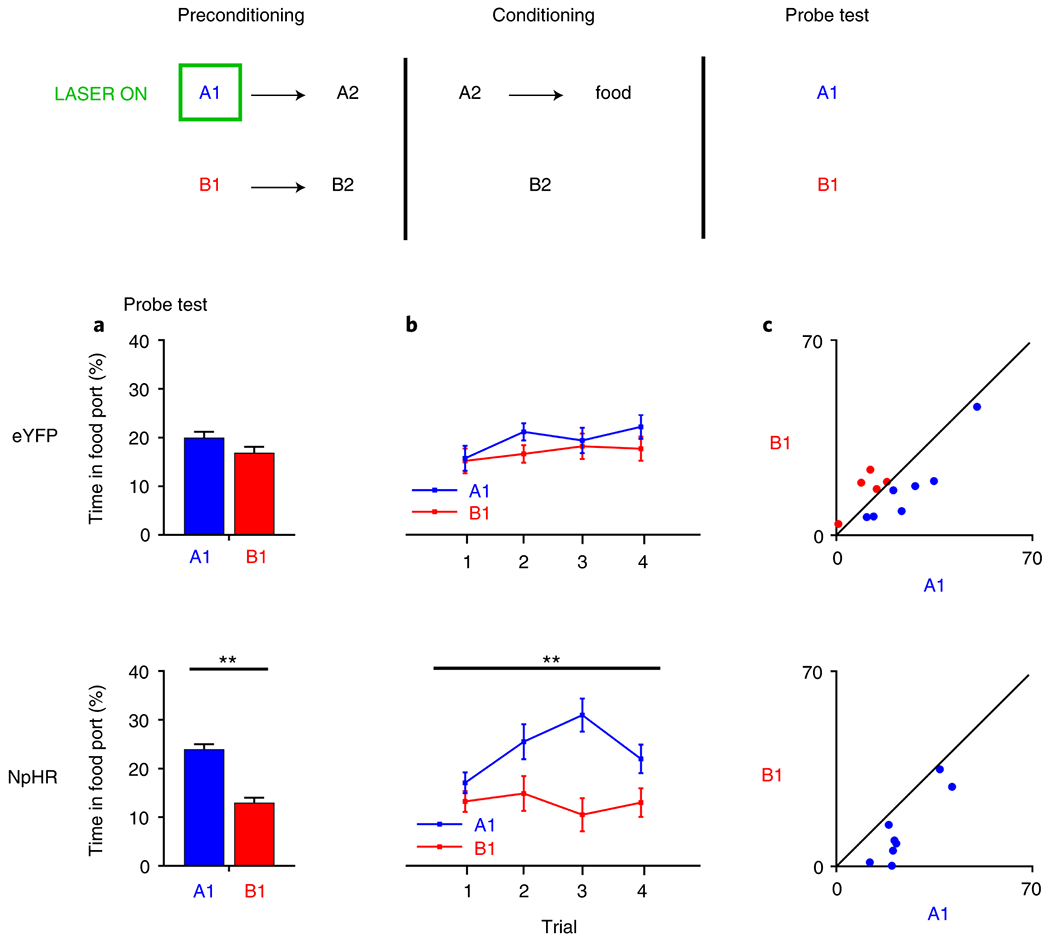Figure 6. LH GABAergic neurons oppose learning of cue-cue associations in naïve rats.

Responding is represented as time spent in the food port (%; ±SEM) during stimulus presentation in the probe test (gray box). Left panels index group mean responses, middle panels show responding by trial, and the right panel shows individual rats’ responses. Rats first learnt novel cue pairs, A1→A2 and B1→B2, where we delivered light into the brain during A1, inhibiting LH GABAergic neurons in our NpHR group (n=8 rats) and not our eYFP group (n=12 rats) during A1 presentation. Then, A2 was paired with food and B2 was presented without consequence. Pairing A2 with reward allowed us to test what rats had learnt during learning of A1→A2 and B1→B2 in the first phase. (A) shows mean levels of responding by group for all rats, demonstrating more appetitive responding towards A1, showing they had learnt the A1→A2 association and so inferred A1 predicts food after it’s associate A2 was paired with reward. However, rats without LH GABA neuronal activity in the first phase showed an enhancement of this effect, demonstrating that inhibition of LH GABA neurons increased the association between A1→A2. This was confirmed with statistical analyses, showing a main effect of stimulus (F1,18=15.438, p=0.001), as well as a significant cue x group interaction (F1,18=5.691, p=0.028), where simple main effects analyses afforded by the interaction demonstrated this was due to a significant difference between responding to A1 and B1 in the NpHR group (F1,18=16.615, p=0.001), that was not present in the eYFP control group (F1,18=1.489, p=0.238), (B) shows the difference between A1 and B1 across trial in the analyses represented in A, and (C) shows rats’ individual responses to A1 and B1 in the probe test; to the extent that responding to these cues is equivalent, cues should congregate around the diagonal. Data were analyzed with a repeated-measures ANOVA, with simple-main effects following a significant interaction, not necessitating control for multiple comparisons.
